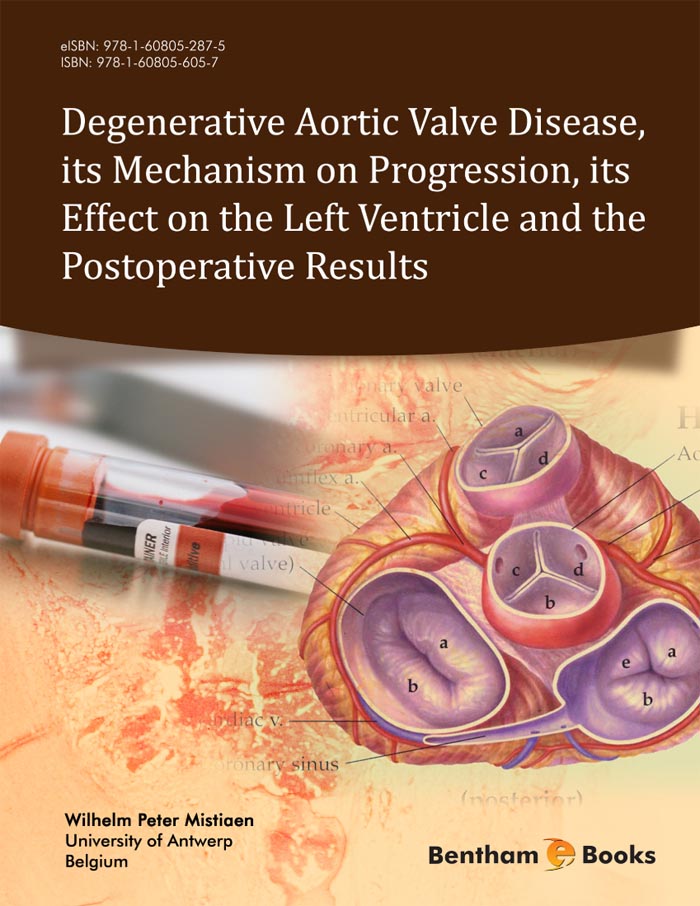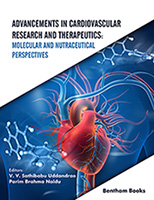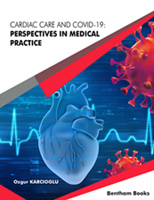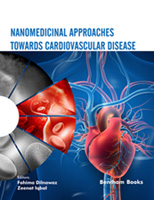Foreword
In this book, Professor Wilhelm Peter Mistiaen; MD, ScD, PhD, has provided the current state of the art concerning the practical, clinical and technical aspects of degenerative aortic valve disease and aortic valve replacement. Dr. Mistiaen offers an exceptionally broad, important and clearly written book that is sure to be an excellent medical resource. As we are well aware, the prevalence of valvular heart disease has been steadily rising as a major health hazard in the present era, and is considered a most common form of valve disease in the western world. At present, despite decades of clinical technical and basic science progress, cardiovascular disease remains the leading cause of death worldwide.
The author, Dr. Mistiaen, is well-known in the field; he tackles confusing science of cardiovascular disorders. During his training as surgeon (1987-1994), he was involved for some years in the Department of Cardiovascular Surgery in the ZNA Hospital Middelheim (Antwerp, Belgium; head: Philip Van Cauwelaert, MD). Since he is a general surgeon, he never performed heart surgery himself, but he continued to do research in this field until today. The two research lines are postoperative complications after aortic valve replacement and mechanism leading to degenerative aortic valve disease. This resulted in a number of articles, which can be accessed through ISI Web of Knowledge. Both lines resulted in a second doctoral degree in 2009 (the first PhD was in digestive surgery, in 1999 but the subject of vagotomy has become obsolete; therefore this investigation has stopped in 2000). His current position concerns exclusively teaching and research.
Dr. Mistiaen’s book offered easily understood lessons to field of aortic valve disease and aortic valve replacement that any cardiovascular researcher and/or clinician would be proud to write. The book reviewed the diverse and varied answers to challenging situations in the management of calcified aortic valve stenosis with regard to diagnostic strategies and treatments. It is not only surgical valve replacement and alternative options. Elucidation of the cellular and molecular pathogenesis of degenerative valve disease has certainly provided a basis for future therapeutic interventions to delay or prevent its progression.
Degenerative aortic valve disease is a highly prevalent disease associated with significant morbidity and mortality. We need to continuously monitor progress in cardiac diseases to measure increases, if any, for aortic valve disease control, screening, and data collection. There are now various promising techniques to diagnose and treat this problem but several issues remain, and are nicely discussed in this book. Dr. Mistiaen sufficiently addressed the current various concepts of decreasing mortality and improvement of both pre and postoperative patient conditions. If we apply all, we could improve aortic valve disease incidence rate and its mortality among the susceptible populations.
Dr. Mistiaen guides the reader through the nature of valve replacement operation, a type of surgery is usually recommended when the damage to the valve is severe enough to be potentially life-threatening. Therefore this book will be helpful to educate and inform practitioners and patients seeking knowledge about this critical area. It is generally accepted that eradicating aortic valve disease is virtually never simply a matter of using available therapies. Successful treatment needs expanded approaches and better methodologies and options. Patients and practitioners in the field must utilize all available information in this book to seek out the best possible knowledge and maximize chances for therapeutic success.
Eltyeb Abdelwahid
CBRC-Massachusetts General Hospital/Harvard Medical School
Harvard Medical School
Charlestown, MA 02129
USA





